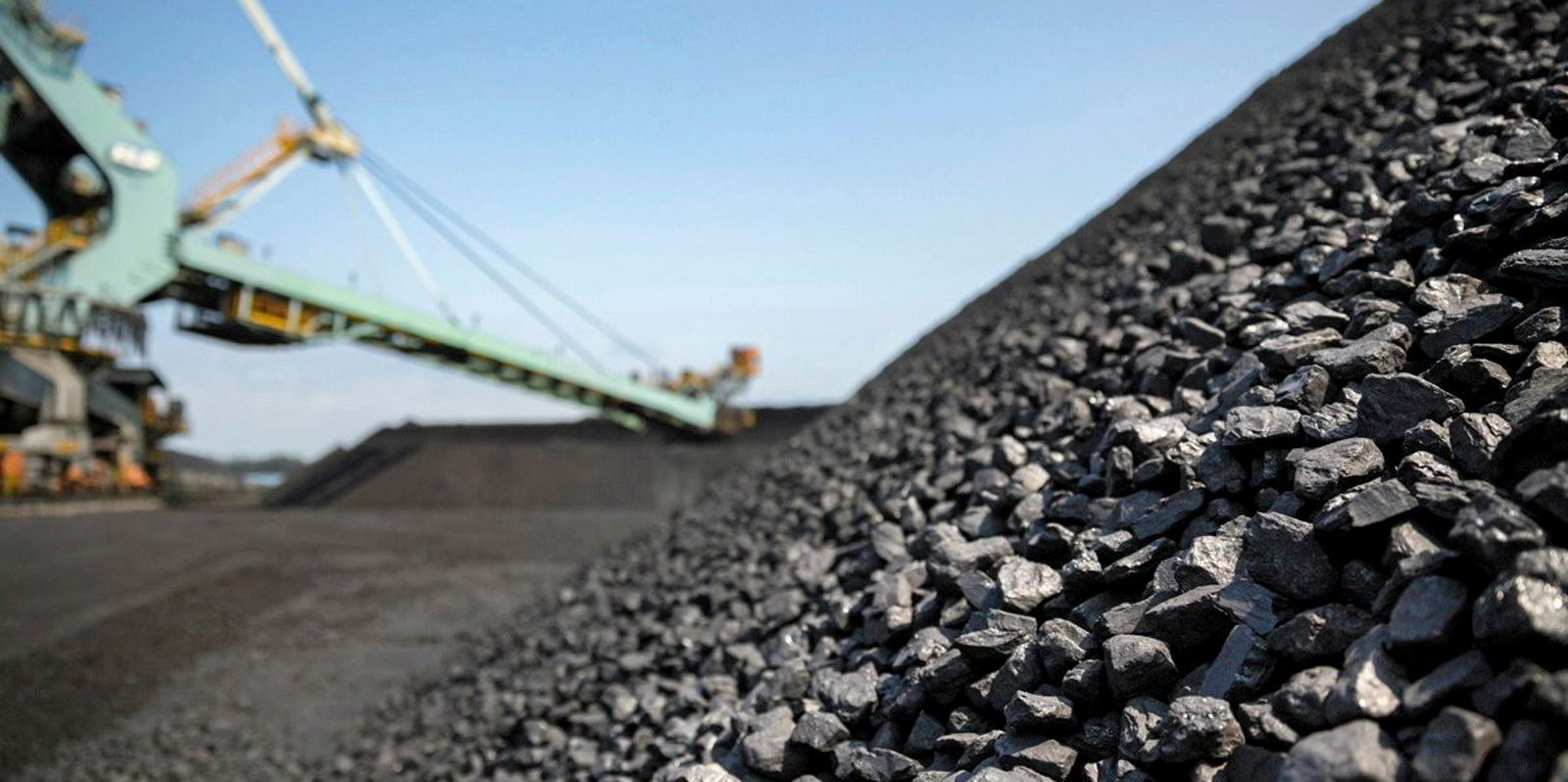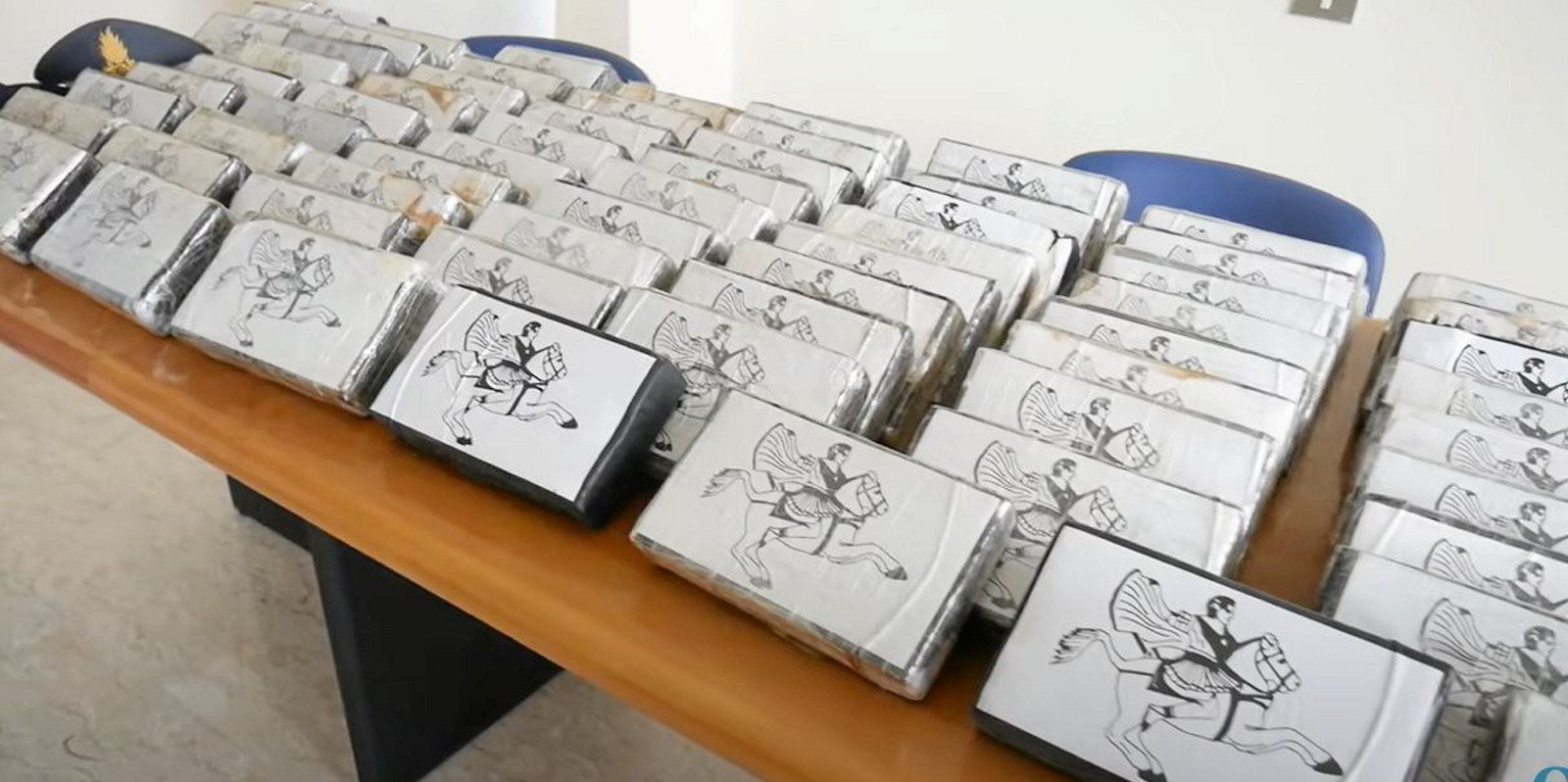Colombian drug smugglers are disguising cocaine as “fake coal” within major bulker consignments to try to dupe port surveillance operations, according to a new report.
Anti-narcotics investigators have uncovered substantial amounts of the disguised drugs in the past two years as smugglers go to ever-more elaborate lengths to get illicit cargoes on board ships.
The authorities need to carry out special chemical tests to prove they are illegal drugs, according to the report by protection and indemnity club West’s correspondent in the country.
The growth of “fake coal” is just one of the new techniques with port authorities raising concerns about drugs smuggled in fruit containers and scrap metal, according to the Colombia Drug Smuggling Report 2024 by A&A Multiprime.
“Drug dealers develop new methods to camouflage drugs within these cargoes every day, managing even to simulate coal texture and shape to traffic drugs without being noticed by security officers or crews,” it said.
Coke or Coke?
It said the method of burying packages of drugs within bulk cargoes “allows high quantities of illegal substances to be moved at any time”.
It recommended the use of independent surveyors to arrange the sealing of cargo holds after loading.
The report highlighted the discovery of 5.7 tonnes of cocaine hidden in a container of bananas at Southampton in February. It was the largest ever drug bust at a UK port, with an estimated value of $570m.
The bananas were shipped from the port of Turbo, Colombia, to Southampton, according to the report. The haul was then expected to be taken to Hamburg in Germany for distribution.
Authorities also raised concerns about increased attempts at bribery and threats targeting port officers and potentially crew of ships after a year of record cocaine production in Colombia.
Drug gangs are hiding their drugs in areas closer to port terminals to avoid the risks of bringing the drugs in by road.
Corruption
“This new behaviour appears to be assisted in some cases by the collaboration of personnel at the terminals, which allow the drugs to be introduced especially during night hours” the report said.
Other methods of stowing drugs on ships remain popular, including in containers, in anchor compartments, the captain’s cabin and by welding packages of drugs to vents below deck.
Drug gangs have also shipped drugs via Peru or Ecuador to Chile and Uruguay where port drug controls may be lighter, it said.
The report was compiled based on meetings with the Colombian maritime authority and anti-narcotics officers at ports.
It encouraged owners and operators of vessels using Colombian ports to ensure they had a proper security plan in place that included keeping track of people boarding the vessel and ensuring access to the ship was controlled.
It also advised recruiting extra private security and the possible use of searchlights at night to ensure scrutiny of any boats approaching ships before departure.
Anyone involved in moving illegal drugs in Colombia faces up to 20 years in jail. The vessel can be seized permanently if a shipowner is found guilty of any criminal charges.
The European Union has said one of its major priorities was tackling drug trafficking via major European ports.
Seizures of cocaine in the EU are hitting record levels. The 27-nation bloc in October announced a new port alliance aimed at stepping up the fight against what the EU described as one of the most significant security threats it faced.
Belgium introduced a new maritime security law last year because of a surge in drug smuggling and violent gang feuds related to the illicit shipment of drugs using shipping containers.(Copyright)
Read more
- Smugglers adapting to beat ‘rigorous’ drug-prevention measures, shipowner Khalid Hashim says
- Cocaine and coal: Quick-thinking Precious Shipping seafarers deny entry to alleged smugglers
- Cocaine weighing 212 kg found hidden on ship by Brazilian divers
- Indian court orders bulker arrest three months after cocaine seizure
- Cocaine worth £450m discovered in container of bananas




